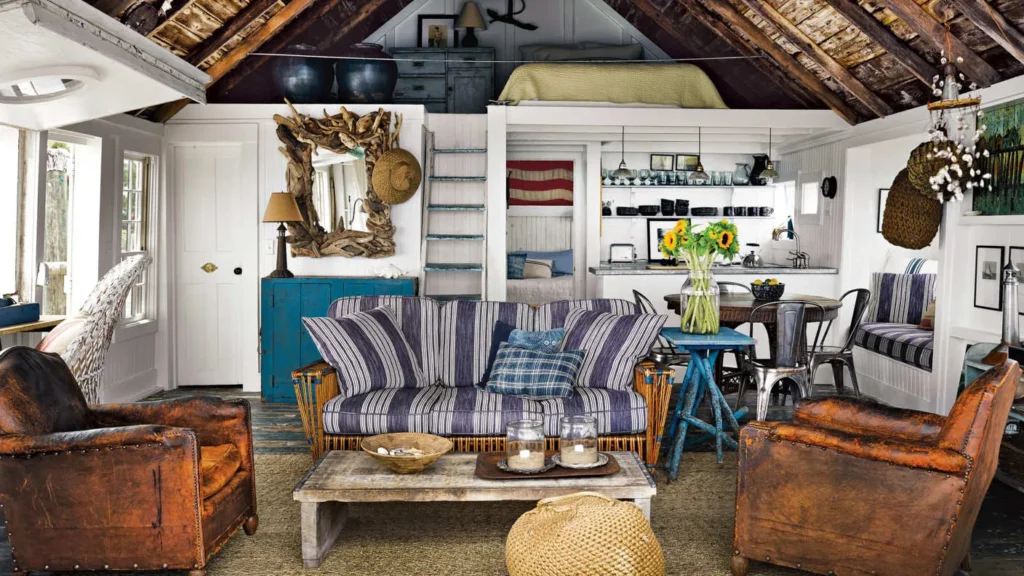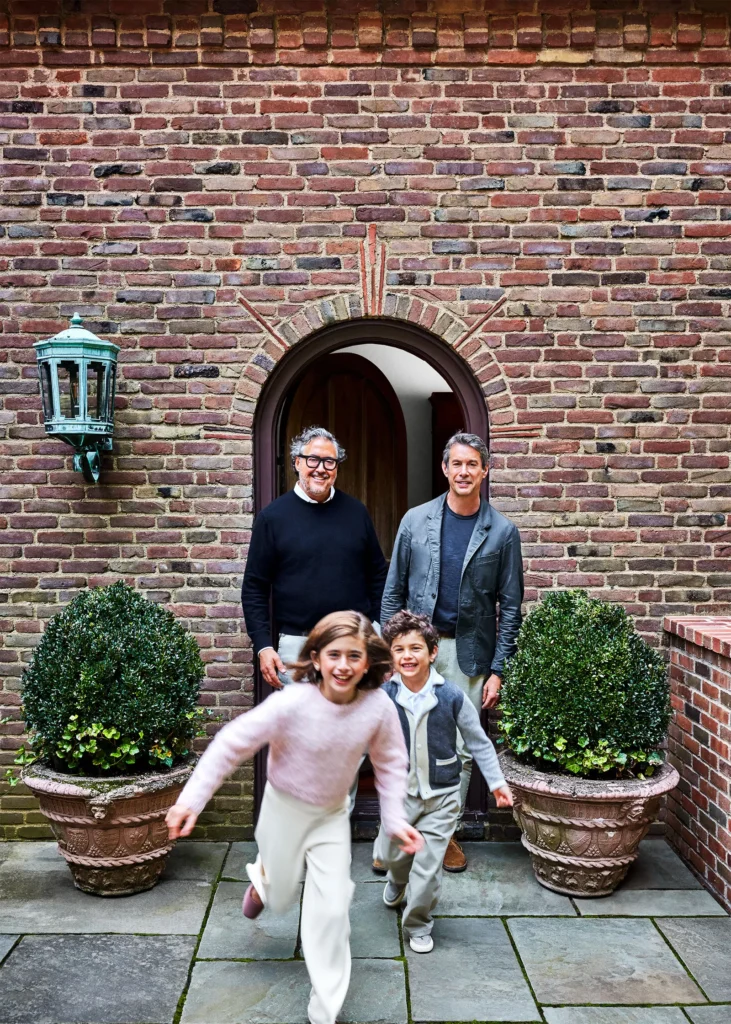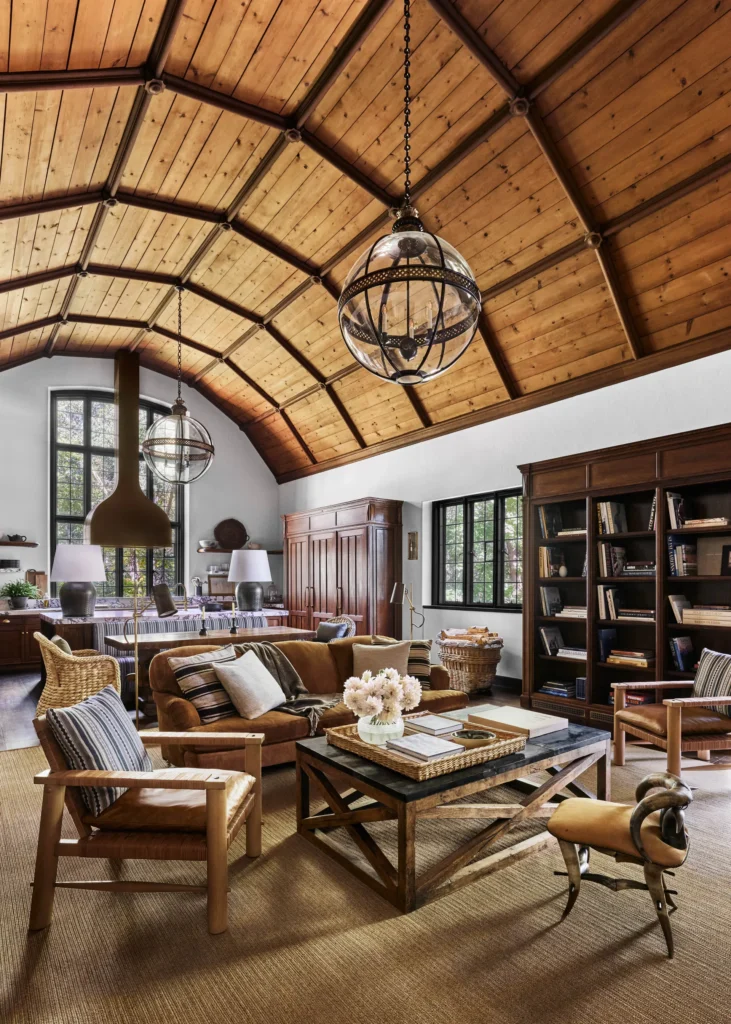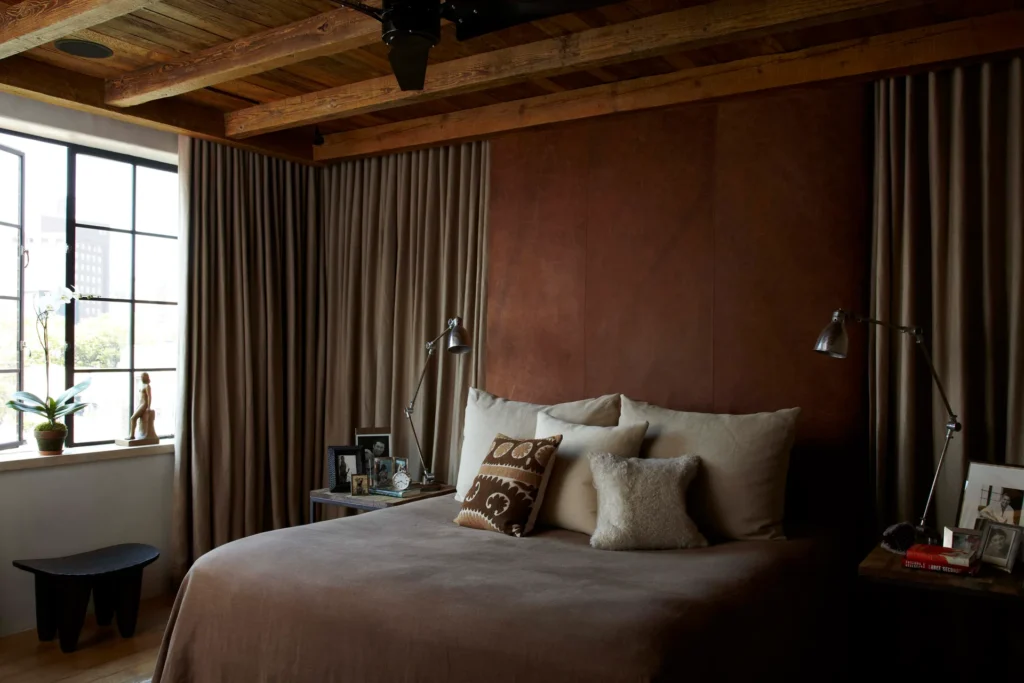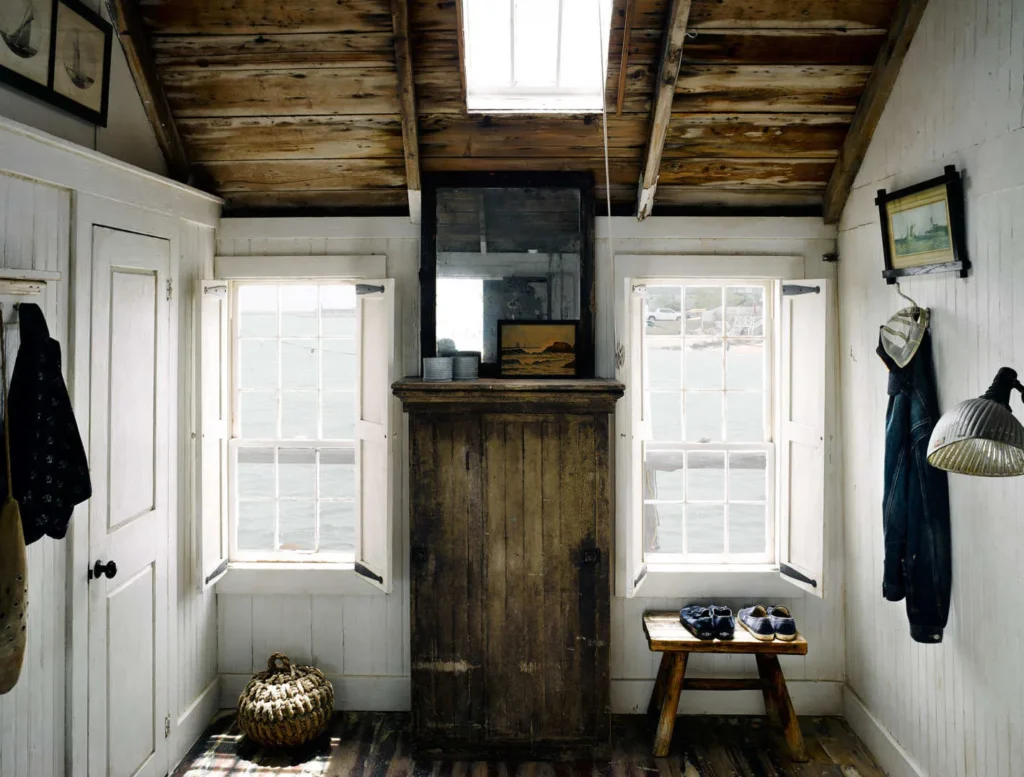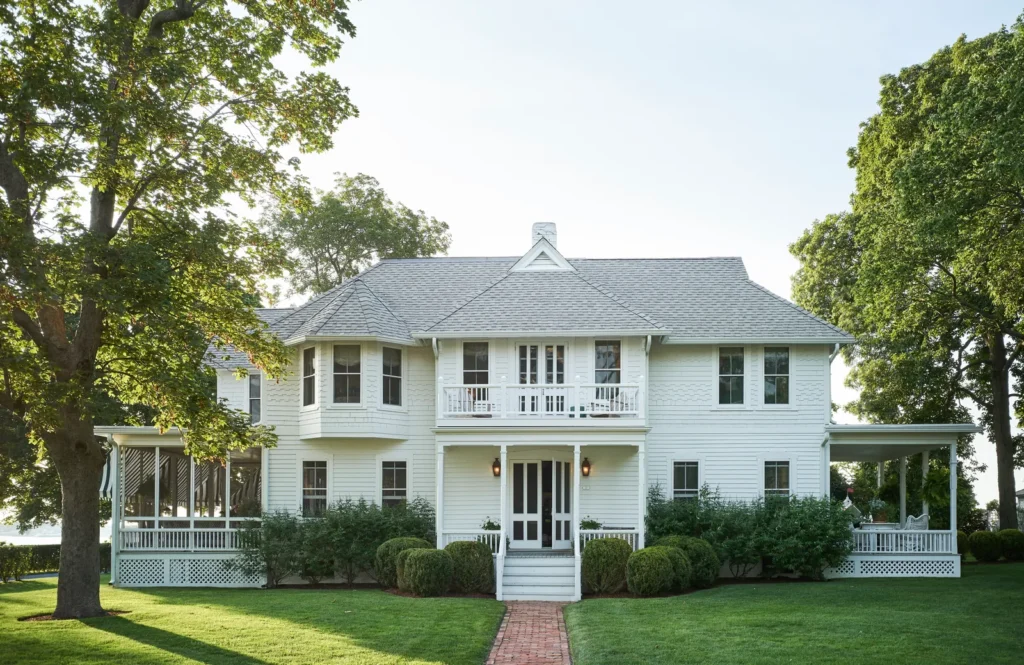
For decades, Alfredo Paredes was known in design circles as the world’s most famous unknown interior designer. No longer. For thirty-four years, Paredes has created the Ralph Lauren ‘look.’ He headed the office of the brand’s Global Store Design and Architecture, which was responsible for the exquisite environments in the boutiques and the company’s presence in department stores, the exceptional restaurants, the home collections, and the visuals which we have all come to know and love. Paredes delivered an ‘experience’ before designers spoke about ‘experience’ as a central agent of good interior design. It was the narrative of New England, the legendary American country estates, the preppy style associated with the Ivy League schools, and the American nostalgia Lauren has famously adopted as his logo, inspiring millions. Paredes has brought all this imagery into the world, from New York to Europe, Asia, and Africa. He was a rising star in New York’s design leadership since starting at the newly opened Madison Avenue flagship store in the 80s at the age of 23, while achieving greatness in his career at Ralph Lauren.
Celebrating the new phase of his career, at his own firm Alfredo Paredes Studio in New York City, which he opened in 2019, Paredes has recently published his first monograph titled ‘At Home,’ featuring four residences – in Manhattan’s East Village; in America’s smallest village of Dering Harbor on Shelter Island; in the hamlet of Locust Valley in the Town of Oyster Bay; and in seaside Provincetown at the northern tip of Cape Cod, all places he came to call ‘home.’ Those homes, which he created for himself and his family over the years, have come to shape and secure his mature vision, which he has practiced at his new firm to this day.
He calls Ralph Lauren the ‘teacher,’ who allowed him to dream big. It is when working on Lauren’s private homes that Paredes could closely absorb his mentor’s goals and aesthetic identity. Lauren remembers the first time the two met, revealing Paredes’ personal story. “He told me he had grown up in Miami, part of a large family—the first generation of Cuban Americans in exile. Paredes shared with me that he was steeped in Ralph Lauren as a kid; when he asked his mother for a Polo shirt, she told him, “No, it’s too expensive.” And so, he had to wait until he was older and could get a job to buy one for himself.” Paredes was my guest in the concluding session of the spring series, Interior Design: Then and Now.
He wanted to be an architect but went to study art. Then, he moved to New York to work for Ralph Lauren, without knowing that this move would shape his personal and professional identity. He subsequently had a role in the design culture of the 80s, the decade of nostalgia, a role rarely acknowledged in literature. Everyone then was dreaming of the past, seeking traditions that could underlay a new language. French couturier Christian Lacroix revived the dresses of the Court of Versailles; Garouste & Bonetti introduced new furniture design rooted in the French past; Japanese architect Hiroshi Hara was determined that new principles should be found in the roots of Japanese architecture in remote villages; British textile company Laura Ashley with its Victorian allure witnessed a tremendous success; and fifty-year old Karl Lagerfeld was determined to give Chanel a fresh start while reviving its founder’s iconic suit. For Paredes, it was the world of cowboys and polo fields, of the nautical realm, and his love for Cape Code and Long Island’s East End. His interiors today have remained connected to these values which always evoke feelings of comfort and familiarity, filled with vintage pieces, making you long to live with Americana.
An interest in nostalgia and longing for the past gained momentum in the 80s, particularly in regard to the culture of design and architecture. It was a time when many believed that the modernist era of art, design, and literature was coming to a close. Designers at the forefront of the field had turned away from modernism and toward a new kind of design; one based on principles that for decades were considered conservative, marginal, and filled with historical references, popular culture, and the vernacular. The décor at Ralph Lauren reflected those changes.
If there is something all four homes featured in the monograph have in common, it is undoubtedly the historic and unique architecture and picturesque settings. His homes are filled with natural light, patina, and personality, furnished in vintage American pieces. They are full of textures, warm color schemes, the use of natural materials, and a sense of minimalism. He said to me “I love creating spaces that evoke nostalgia and history.” In his East Village apartment with its unusual, enormous Palladian windows, he adds, “At the time, I was finding myself drawn to things from Belgium and Holland, so those influences definitely came into play here.” He sought to merge the atmosphere of historic Amsterdam with glam Hollywood, where he used to spend a lot of time. Of his Dering Harbor house, he says, “As a rule, I’m not a huge fan of Victorian architecture, but this one had less ginger-bread than some. I loved its simplicity—it reminded me of an Edward Hopper painting;” and on his Provincetown fishermen cabin: “There’s a freewheeling, creative spirit to the town that instantly appealed to me. I also loved that it had this long history as a destination for artists and writers. Décor, according to Paredes, is just a part of the way of constructing life. ‘Good design,’ he says, ‘has the power to transport you to other places and states of mind.”
His style is familiar, and his interiors are meant to look as if they have been there for a long time. They are not meant to be radical, but timeless with touches of contemporaneity. It is about comfort and about celebrating Americana. They are not filled with modern and modernist furniture masterpieces, but with textured rugs in natural materials and colors, airy window treatments, and black-and-white framed photography. Paredes stays away from creating dramatic moves and changes from one space to the other, and instead forges a sense of continuity, calmness, and beauty, where the interiors reflect the landscape outside.
Referring to his decades-long relationship with Mr. Lauren, he says, “I’m a multi-disciplinary creative director taught by the best,” Paredes notes today. His wide range of expertise and skills has helped him to found his own firm, and Alfredo Paredes is no longer the world’s most famous unknown interior designer, as he has now burst into the world of interior design in his own voice.
